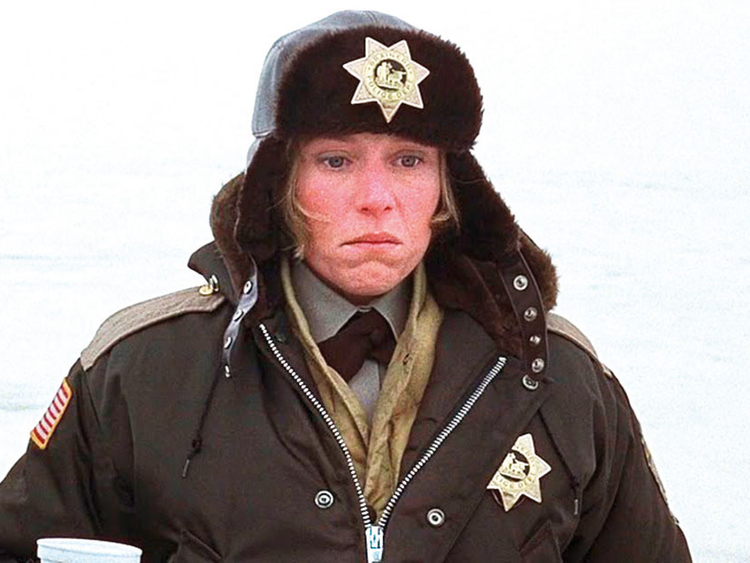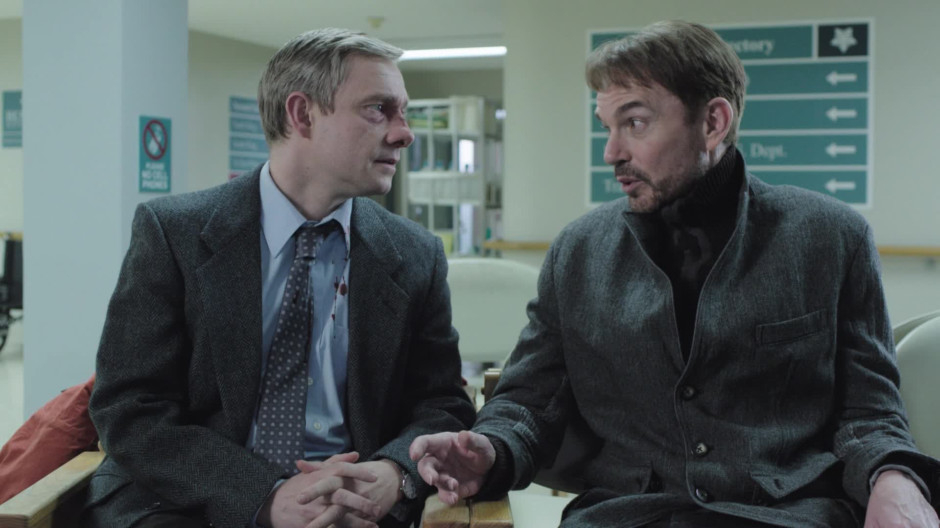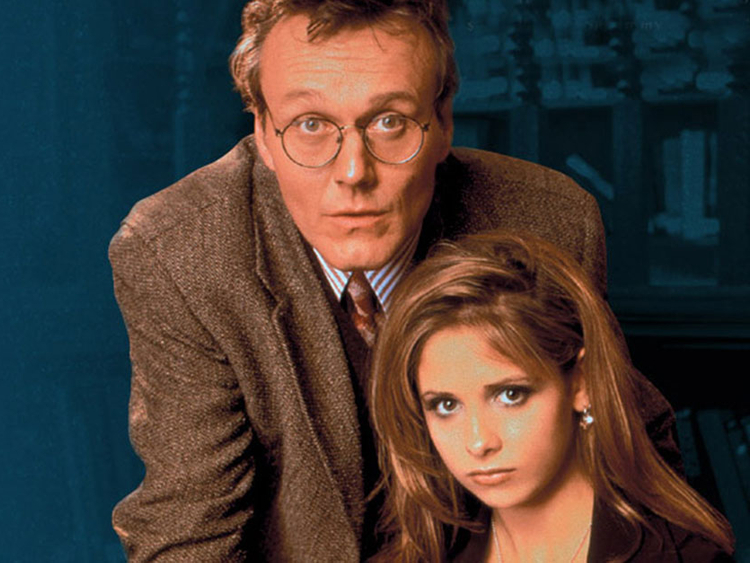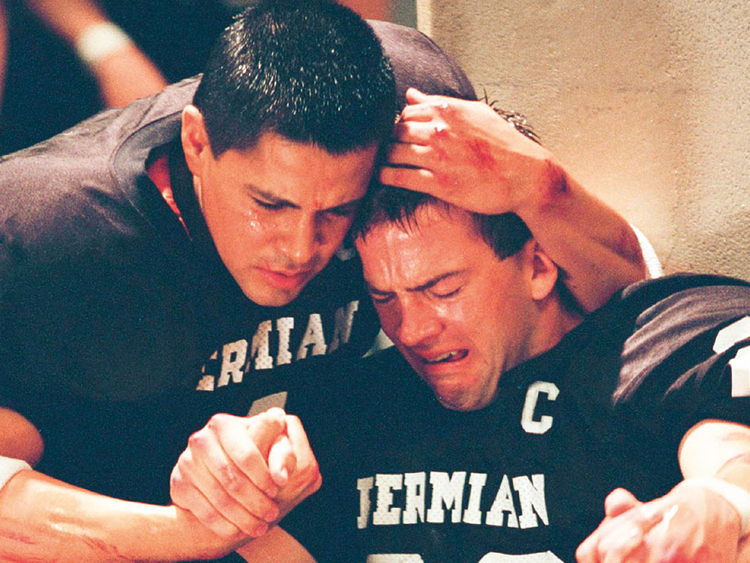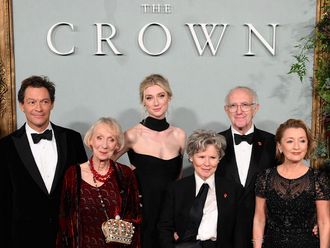When the 2014 satire Dear White People was turned into a 10-part Netflix series (which returns on May 4), it stood out as an example of how an episodic structure can give a good story the time to become a great one.
A TV show that outperforms its movie inspiration can be a rarity — the myriad Marvel spin-offs seem largely content to settle as inferior versions of the big screen blockbusters, and shows that lean too heavily on nostalgia tend to collapse under the weight (see the gossamer-thin Scream, for example, though I have a soft spot for the sitcom version of Clueless).
But other shows are improvements on the feature length versions that came before them, using the extra space and length to explore aspects that may have been pushed to one side.
Friday Night Lights
Peter Berg based his 2004 movie of the same name on a non-fiction work by HG Bissinger, which told the story of the Permian Panthers, a high school football team in Odessa, following them for one season in 1988. The movie tweaked real life events to add dramatic dazzle, and it’s an excellent sports film, that rare kind that makes sport watchable even for those who don’t know their block from their blitz. But Berg has said that in translating the story to the big screen, he had to put the book’s focus on social issues away, and that even when making the film, he realised that television would allow him the space to do that.
The show, which ran for five seasons from 2006 to 2011, succeeded in making a drama ostensibly about sports, but really about family, community and society, creating the fictional town of Dillon for its Panthers to call home. It may have lacked Billy Bob Thornton, but it made stars out of Kyle Chandler and Connie Britton.
Buffy the Vampire Slayer
Joss Whedon had what he called “major involvement” in the original 1992 film version of his teenage superhero, for which he had written the script. While it’s fun to watch in retrospect as a kitschy early 90s relic, it appears that Whedon’s vision was twisted out of shape by Hollywood’s dark forces.
“It didn’t turn out to be the movie I had written,” he has said. By the time it reappeared on the small screen, five years later, it was clear that it would be everything the film should have been: wry, witty and inventive, exploring teenage life (and eventually adulthood) through that tragicomic supernatural filter. It always exists slightly outside of the “golden age of TV” boxset canon, perhaps because it lacks “serious drama”, HBO-ish credentials, but it’s certainly one of the most loved shows of all time, and for many, one of the best.
The Girlfriend Experience
Though there are surface similarities between the Starz series and the 2009 Steven Soderbergh film from which it took its title — both are about an escort named Christine, both explore the service-industry economics of sex work, and both have proven divisive — the TV show proved to be a bold and accomplished curiosity.
(The first season, that is, rather than the odd, disjointed second.) Riley Keough’s turn as Christine, a trainee lawyer who begins a sideline in escorting, is extraordinary, and Amy Seimetz and Lodge Kerrigan have turned the vicious, icy world of corporate law into a blithely nightmarish trap of claustrophobic boardrooms and anonymous hotel rooms. It’s an unusual and demanding show that’s more art house than blockbuster, and it greatly improves upon what Soderbergh came up with.
Westworld
Michael Crichton directed his own story in 1973. His vision of a historical theme park populated with robots who are infected with a virus that causes them to turn against human visitors has aged surprisingly well, considering the movie sets its future in 1983. It contained a kind of prescience about technology and development that made it a natural choice for a 21st century reboot.
While some find HBO’s big-budget reimagining to be slow and overly complicated, the expanse of the small screen perfectly suits the magnitude of the story, and allows it room to develop beyond a cautionary horror story. Roman world and medieval world are yet to make an appearance in the show, but it’s been so successful that such growth seems inevitable.
Fargo
It might seem a stretch to argue for the full superiority of Fargo the TV show to Fargo the movie, which is pretty close to cinematic perfection. So rather than calling it an improvement, it might be better to think of it as an equal partner.
Plenty of series have attempted to rework hit films for the small screen, and plenty have fallen into the trap of relying too heavily on viewers’ nostalgia and good will. But Fargo works hard to live up to its name, taking the feel and template set by its impeccable forebear and adapting it to a new format with elegance. Its three seasons so far have often felt like elongated movies, not least because of the star power they’ve commanded.



